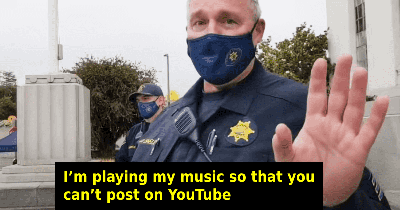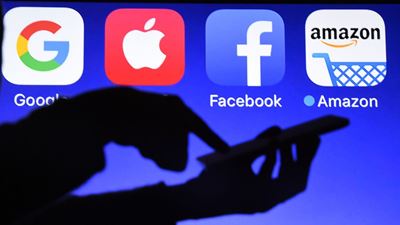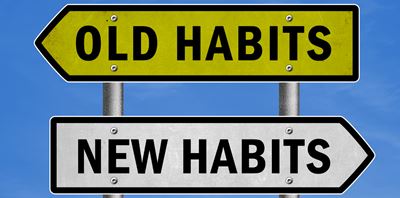Insurance companies have always influenced behaviors through basic rules underlying their contracts, for exemple historically in terms of fire prevention. There can be a fine line between imposing some rules and actually controlling behavior. In this article ‘Draining the Risk Pool: Insurance companies are using new surveillance tech to discipline customers‘, modern practices of insurance companies are described that border on spying individual behaviors.

The trend is particularly acute in the US where health insurance is provided by private companies. It starts with some shocking statements about examples of companies prohibiting smoking or other possibly health-impacting behaviors because of insurance fees; and other companies promoting health-welness programs which appear to be quite mandatory. “Wellness programs are about exercising that leverage, reducing the risk profile of employees and thus cutting the employer’s costs for health insurance plans.”
However in the modern world, this means using apps and other devices to monitor progress and connect with colleagues, and those could ultimately be used for control purpose. Examples are give, from insurers that require wearing of personal health monitoring devices, or fitting cars with black boxes to determine driving patterns. All leaving to possible insurance access and price discrimination, leading to a much more personalized behavior influence. Boundaries to this approach and rules around fairness will have to be imposed by law.
With the development of personal devices and technology, insurance companies will certainly find a field of improved insight into client behaviors. Lawmakers will have to follow those trends closely to put the right boundaries.











